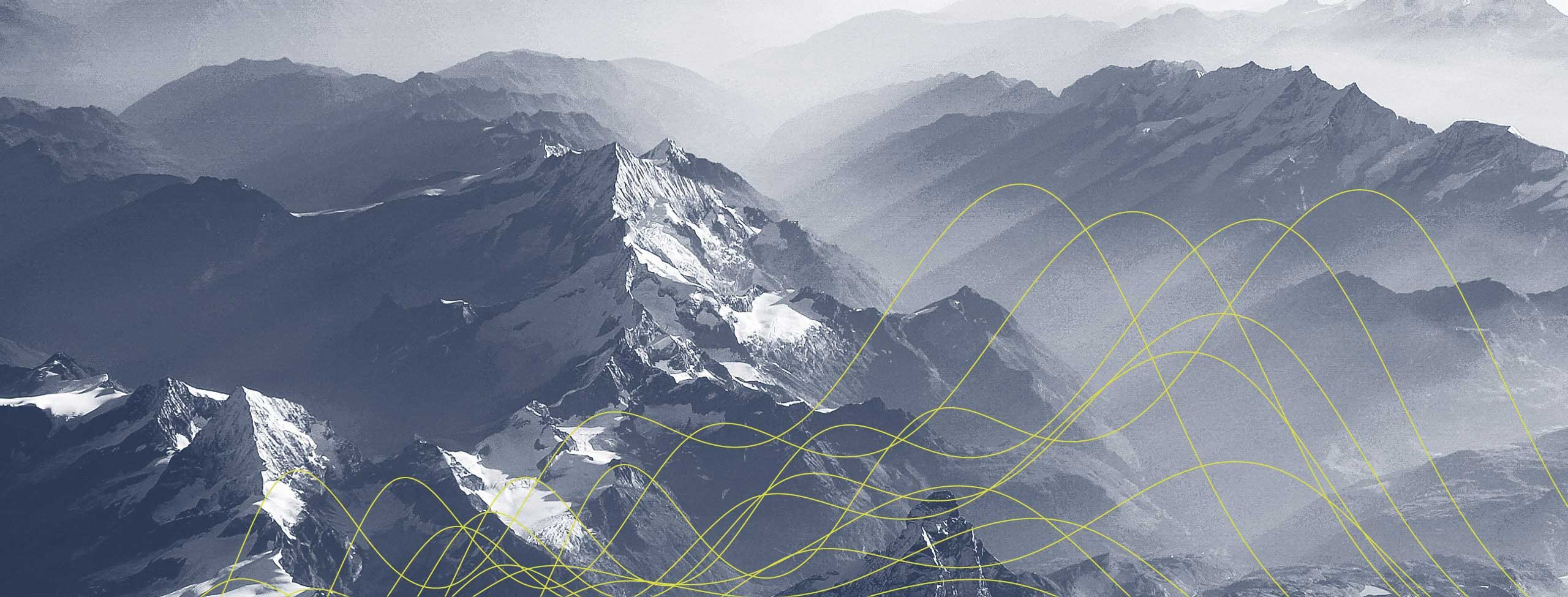
10 February 2022 • 5 minute read
US lifts Section 232 tariffs on steel from Japan, effective April 1, 2022
On February 7, 2022, the US and Japan announced that they had reached an agreement to partially lift 25-percent tariffs on certain Japanese-origin steel imports that had been imposed in 2018 under Section 232 of the Trade Expansion Act of 1962.[1] As a result, beginning April 1, 2022, steel from Japan will be subject to a tariff-rate quota (TRQ), allowing a yearly set volume to enter the US tariff-free. In addition, imports of Japanese-origin derivative articles of steel will not be subject to Section 232 tariffs.[2] The agreement with Japan is similar in many respects to the US-EU steel agreement that went into effect on January 1, 2022, previously discussed here.
To be eligible for tariff-free treatment, steel must be “melted and poured” in Japan
To be eligible for tariff-free treatment under the TRQ, steel imports must be “melted and poured” in Japan – that is, produced in Japan in an electric arc furnace or basic oxygen furnace, or through a similar production method.[3] US importers will be required to provide relevant documentation demonstrating that the imports meet the “melted and poured” requirements. This documentation will typically include steel mill test certificates and other evidence of the origin and method of production of the steel. Failure to provide adequate evidence when the merchandise enters the US could result in the imposition of tariffs, penalties or both.
Tariffs will continue to apply to imports that exceed the quota levels
Under the agreed TRQ, the quantity of steel eligible for tariff-free treatment is limited to a maximum of 1.25 million metric tons per year, allocated on a quarterly basis over 54 separate categories based on the level of such imports in the 2018-2019 period. A breakdown of the 54 product categories can be found here. Any imports that exceed the quarterly quota will remain subject to the 25-percent tariff unless the importer has obtained a separate exclusion.
If the total volume of imports in a quarter does not exceed the quota for that quarter, up to 4 percent of the unused quota can roll over to the next but one quarter. For example, up to 4 percent of any unused volume from the first quarter of each year may roll over to the third quarter of the same year.
The quota volume will be allocated to importers on a first-come, first-serve basis for each product category. The US will publicly provide information on the use of the quota for each product category, including information on any rollover volumes.
Annual adjustments to quota levels are possible
The US will also conduct annual reviews of the quota levels and make adjustments based on changes in US apparent consumption of steel on an annual basis. Such adjustments are capped at a maximum of 3 percent of the prior year’s quota and are only triggered if the increase or decrease in US apparent consumption of steel exceeds 6 percent on a year-on-year basis.
Importers may continue to use the Section 232 exclusion process
The agreement will maintain the existing Section 232 exclusion process for steel imported from Japan. Thus, exclusions will remain an avenue for US importers who source steel from Japan to avoid paying Section 232 tariffs without having to worry about whether such imports will be eligible under the quota.
Bilateral cooperation on global steel overcapacity and subsidization
Similar to the recent US agreement with the EU on Section 232 tariffs, the US and Japan have committed to work together to address subsidies and other non-market practices identified as responsible for global overcapacity in the steel and aluminum industries. Among other initiatives, the countries will expand their cooperation on antidumping and countervailing duty actions and customs law compliance, monitor trends in global and bilateral steel and aluminum trade, and pursue ways to reduce excess capacity and carbon emissions in the steel and aluminum industries.
Importers and purchasers of steel from Japan should closely monitor implementation of the agreement
US importers of steel from Japan and other entities with businesses involving Japanese steel imports should prepare for the implementation of the agreement on April 1. Among other things, companies may wish to review whether their imports are within the 54 product categories and plan accordingly to comply with the quota levels and entry requirements. Companies should also still consider using the Section 232 exclusion process to provide stable access to certain steel from Japan.
If you have any questions or would like to discuss your company’s situation, please contact any of the authors or your regular DLA Piper contacts.
[1] See U.S. Department of Commerce, Announcement of Actions on Japanese Imports of Steels under Section 232 (Feb. 7, 2022) (“Japanese Imports of Steel Actions Announcement”); see also U.S. Department of Commerce, U.S.-Japan Joint Statement (Feb. 7, 2022).
[2] See Japanese Imports of Steel Actions Announcement (citing Proclamation No. 9980, 85 Fed. Reg. 5281 (Jan. 29, 2020)).